If you click on a link and make a purchase we may receive a small commission. Read our editorial policy.
The Witcher: What is the Wild Hunt?
The Wild Hunt is one of the most mysterious and important aspects of the Witcher lore. Here's how they're presented in the books, games and series.

Halfway through the third season of Netflix’s epic fantasy show The Witcher, Geralt of Rivia’s adopted daughter Ciri suddenly finds herself being chased by a group of seven spectral riders who emerge from sudden storm clouds above and race toward her.
Known as 'The Wild Hunt,' this mysterious group has appeared three times in The Witcher thus far, without any real explanation as of yet as to their identities or purpose. But as it turns out, they are a massive part of the overarching mythology of the Witcherverse. They also have a surprising connection to The Witcher: Blood Origin TV miniseries released on Netflix last Christmas.
Here’s what we know of the Wild Hunt so far, based on the books, the video games, and the series.
What is the Wild Hunt in the Witcher novels?
In Andzej Sapkowski’s eight bestselling Witcher books, the Wild Hunt is mostly understood as an omen of disaster. In the second Witcher book Sword of Destiny, Yennefer of Vengeberg tells Geralt of a legend among the elves of “a Winter Queen who travels the land during snowstorms” casting shards of ice that, if they pierce your eye or heart, will render the person unable to love anything except the ice and snow. These people end up abandoning everything to chase the White Queen.
But Geralt tells her this is not a myth at all, but “a pretty description of the hideous phenomenon that is the Wild Hunt.” As he describes it, a “spectral cavalcade rushing across the sky,” often in winter, drives some who see it insane, and they end up joining the group. Geralt confides that as a Witcher he’d been offered payment to destroy it, but had refused the job. “There’s no way of dealing with the Wild Hunt.”

At the start of book four, The Time of Contempt, all-out war is descending upon the Continent, and a number of dark omens are described: cows in one town are beginning to squirt blood from their udders; a spectral ship is spotted off the coast; and “The Wild Hunt, a spectral army galloping across the firmament” near Brokilon Forest where the dryads live. One chapter later, Ciri encounters this ghostly force herself as she flees the magic school Aretuza to find Geralt. And as she rides a massive storm rises, and she begins to have visions of riders chasing her, first Elves, then a black knight whose helm sported the wings of a bird of prey. As she raced away monsters reached arms toward her on either side, “laughing insanely.”
Each disappeared as quickly as they came. But then Ciri sees a “milky, quickly brightening ribbon, writhing like a serpent” in the sky. And out of that ribbon emerges “vague, ghastly riders” who race directly at Ciri. Riding what appear to be the skeletons of horses, “Buffalo horns and ragged crests sway on their helmets,” she sees, “and cadaverous masks show white beneath them.” Their leader, the King of the Wild Hunt, has “gaping eye sockets burning with a livid flame.”
Thinking this, too, is a vision, Ciri insists she doesn’t believe this is real. But the King of the Wild Hunt simply laughs. “O Child of the Elder Blood! You belong to us!” he says. “We will race, race unto the very end, until eternity, unto the very end of existence,” and her place is among them. When she refuses, saying they’re corpses, he laughs again. “Yes, we are corpses. But you are death.”
Before the spirits can get her, Yennefer shows up and casts them out with a spell. The bard Dandelion, looking on, sees what looks to him like a cloud shoot upwards into the sky.

The Wild Hunt returns at the start of book six, The Tower of Swallows, once again as one of many omens of doom. As the book opens, Ciri is near death, and the entire Continent seems to be shrieking at the possibility. A windstorm rages in the night; a ship filled with an army of ghosts and demons known as the Naglfar of Morhögg, its sides “built of dead men’s fingernails and toenails,” was seen off the coasts of the isles of Skellige. “The world over,” we’re told, “was a night of spectres, nightmares and apparitions.”
And across the black sky raced the Wild Hunt, “a procession of fiery-eyed phantoms on skeleton horses.” We’re told for the first time that their arrival was actually a somewhat regular occurrence, “every few years” and that each time they came they also took human beings away, “its harvest.” This occasion was particularly awful in that respect as well: “In Novigrad alone over two dozen people went missing without a trace.”
But they disappear from the novel as quickly as they arrive, and do not interact with Ciri or any of the other characters directly. The only other mention of them in the book is made by Crach an Craite, the main commander of Skellige’s sea forces. He tells Yennefer of his people’s legend of a “Last Battle” which will involve the hero Hemdall leading a battle against “the evil powers from the land of Morhögg” during some kind of dire blizzard (some of which actually tracks with predictions about Ciri). The results of the battle will supposedly decide whether there will ever be another dawn, and some on Skellige still take the story so seriously that they “cut the nails of the dead before burial, so as not to supply the spectres of Morhögg with building materials.”

In The Lady of the Lake, which is the chronological conclusion of the Witcher series of novels, finally we are given explanations about the Wild Hunt. Ciri, who now finds herself on a parallel world filled with a race of Elves known as the Aen Elle, meets an elf called Avallac’h, who explains to her that she is trapped here until she agrees to conceive a child with the Aen Elle’s King Auberon Muircetach. “Your father, Cregannan,” Avallac’h says, speaking of Ciri’s descendant Lara Dorren’s human husband, “took a child from us. You will give us one back. You will repay the debt.”
As they argue, they’re confronted by a pack of unicorns, who seem to hold some kind of enmity toward the Elves. But before anything can happen an entire troop of riders emerge from nearby, their armor the blood red color of the sky as the sun sets. Their leader sat on a stallion “as huge as a dragon” with a “truly demonic horned decoration on its head. This proves to be Eredin Bréacc Glas, the king of the Wild Hunt, whom he refers to as the Dearg Ruadhri or his “Red Riders.” He escorts them to the Elven city of Tir ná Lia, where Auberon explains to Ciri that the Aen Elle left her world long ago. Before the Conjunction of the Spheres it was easy to move between worlds through Ard Gaeth, the Gateway to the Worlds, and they did so frequently. But the Conjunction effectively closed that door to all but a few with powers like Ciri. And her progeny is needed to create such a means for the Aen Elle.
While Ciri agrees to do as they say, Auberon proves to be impotent, and eventually overdoses on a drug given to him by Eredin to enable him to have sex with Ciri.
Meanwhile the unicorns offer to help Ciri return home. After she manages to overcome Eredin, they show her to a ravine filled with the bones of all the human beings that the Aen Elle killed when they took over this world.
Suddenly, amidst a storm, Ciri hears the sounds of pursuers. The trees on either other side of the road begin to stretch toward her, trying to take her, in an uncanny recreation of her vision of being chased by a black knight in The Time of Contempt. But here with the help of the unicorn Ihuarraquax, Ciri is finally able to access her powers to cross the spheres, leaving Eredin and the Wild Hunt behind…
What is the Wild Hunt in the Witcher video games?
…Or at least until the video games, whose story picks up after the novels. In these games, th Wild Hunt begin on the margins of the story, but end up as its central driver and villains.

Released in 2007, the first game, called simply 'The Witcher', begins with a now-amnesiac Geralt of Rivia being chased by the Wild Hunt. And over the course of the game the King of the Wild Hunt, presented as a daunting, uber-powerful ghost Nazgûl-like figure, repeatedly shows up, usually to reinterpret events from Geralt’s life in ways that make him doubt himself.
At times Geralt fights specters sent forth by the King. And in the penultimate chapter of the game he either has to fight the King himself or allow the King to take the soul of a character Geralt has just defeated.

In The Witcher 2: Assassins of Kings (2011), Geralt slowly begins to regain his memories. And in doing so he slowly comes to learn why exactly the Wild Hunt was pursuing him at the start of the original game. Many months before, his beloved, the sorceress Yennifer, had been kidnapped by the Wild Hunt, who hoped they could use her to find Ciri. In an effort to rescue her, Geralt had recruited another school of Witchers, the School of the Viper, who he learned had actually been formed to defeat The Wild Hunt, and knew a tremendous amount of lore about them.
For instance, though they appear as “a procession, a cavalcade of skeletal horsemen [who] rush across the sky on the bony remains of steeds[,] clad in rusty remnants of armor,” in fact the Wild Hunt were Elves from another world ruled by Elves who hate humans. Their king wanted to open the doors between his world and Geralt’s, seeming to set in motion a permanent reign of terror.
Geralt and the Vipers fought the Wild Hunt, but ultimately their forces were insufficient to match the Wild Hunt. In order to save Yennefer, Geralt had to offer his soul instead—which for Eredin and the Wild Hunt was all about creating bait to draw out Ciri.
As a result of Geralt’s sacrifice, Yennefer went free, and Geralt himself became part of the Wild Hunt, until Ciri did in fact rescue him and brought him back to the Witcher Keep at Kaer Morhen, where we find him at the beginning of The Witcher game.
In the third game, The Witcher 3: Wild Hunt (2015), Geralt focuses his attention fully on Ciri and the Wild Hunt. As the game begins Geralt receives information about the possible whereabouts of Ciri, who is being endlessly tracked by the Wild Hunt (who with the improved graphics of the time look scarier than ever).

When eventually father and daughter reunite, Geralt learns that Eredin wants Ciri not simply because he knows that her blood would give the Elves the capacity to travel between worlds. His world is actually facing a coming Ice Age-style disaster known as the White Frost, and he wants to use her to transport all the Elves off of his world and onto hers.
Over the course of the game Ciri, Geralt and others fight the Wild Hunt repeatedly. Imlerith, one of Eredin’s generals, actually kills Vesemir. But in the end Geralt defeats Eredin once and for all.
What is the Wild Hunt in the Netflix series the Witcher?

In some ways the story of the Wild Hunt in the Netflix series perfectly matches with the books. We first hear about them in the pilot of the Witcher series, and they are understood as an omen of disaster. As Nilfgaard descends upon Cintra, King Eist Tuirseach mentions seeing the wraiths riding across the sky. He calls them a “portent of doom,” and in point of fact he will be killed in the battle to come.
Over the course of the series, three times now Ciri has had visions of the Wild Hunt. She first sees them in episode 205 during her spell-journey through her past with the sorceress Triss Merigold. Having witnessed her ancestor Lara Dorren’s curse and death, Ciri sees a group of riders descending from the clouds. She's so frightened by them her screams actually reach Geralt a tremendous distance away.
Then at the end of the season, Ciri takes Yenenfer and Geralt to a desert world with three suns where Yennefer can be released from the vampire-like demon Voleth Meir that has been feeding off of her all season.
That world, it turns out, is the homeworld of the Wild Hunt. As soon as Voleth Meir leaves the trio she joins the Hunt, which immediately races toward them. As in the novels, the King of the Wild Hunt calls Ciri “Child of the Elder blood” and says her place is with them. Ciri takes Geralt and Yennefer back to their own world before the Wild Hunt can get close enough to do anything.

Then, in the middle of the current season, Ciri finds herself chased by the Wild Hunt while looking for Geralt. And again, just as in the novels, she dismisses them as ghosts, corpses, only to have the King say to her, “Yes, we are corpses. But you are death itself.” But the series gives the moment its own unique twist. After Geralt (rather than Yennefer) dispels the demons with a bolt of magic, he and Ciri find on the ground a bit of twisted metal from the armor one of the Hunt’s soldiers. The Wild Hunt are no longer simply ghosts, Geralt speculates. Instead, the portal that Ciri opened to take she, Geralt and Yennefer to the world of the Wild Hunt somehow now remains open, allowing the Wild Hunt access to this world.

The TV version of the Witcher offers one other very important wrinkle of its own on the Wild Hunt. In the four-part prequel miniseries The Witcher: Blood Origin, which debuted last Christmas, we meet a young Eredin before the Conjunction of the Spheres, serving as main heavy for Chief Sage Balor. Over the course of the mini-series his secret relationship with a lowborn man is discovered by Queen Merwyn. She places his lover on her council, making it clear that unlike Balor, she will not condemn the two of them for their relationship. And Eredin agrees p to get rid of Balor.
Unbeknownst to him, Balor is aware of his betrayal. After travelling by way of one of the monoliths that dot the Continent to another sphere filled with rocky plains and distant mountains, Balor creates a portal which teleports Eredin and his men to some other place.
In the final sequence of the prequel, we see a now-bearded Eredin on a red desert plain, three suns hanging in the sky, just as in the world to which Ciri takes Geralt and Yennefer. Eredin finds the horrifying skull of some monster in the sand and places it on his face as a kind of helm. It’s the helm of the King of the Wild Hunt.

(The prequel also introduces a very young Avallac’h as an Elven sorcerer who witnesses the Conjunction of the Spheres that rips apart the barriers between worlds like tissue, casting humans from their own world to that of the Elves, and some of the Elves to a foreign sphere as well. Avallac’h studies the possibility that the monoliths can be used to travel through time. And in the end credits, we see him watching a young Ciri not long before Nilfgaard invades in the pilot episode of the Witcher, leading many to wonder if we'll be seeing him this season, as well.)
It's unclear whether we'll be seeing more of the Wild Hunt in the last three episodes of season 3, which drop on July 27. But given the developments that the series is giving us in its main series and elsewhere, it's clear they've got big plans for the Witcherverse's spookiest and most dangerous adversaries.
Get up to speed with our guide to how to watch Netflix's The Witcher.
Follow Popverse for upcoming event coverage and news
Find out how we conduct our review by reading our review policy
Let Popverse be your tour guide through the wilderness of pop culture
Sign in and let us help you find your new favorite thing.


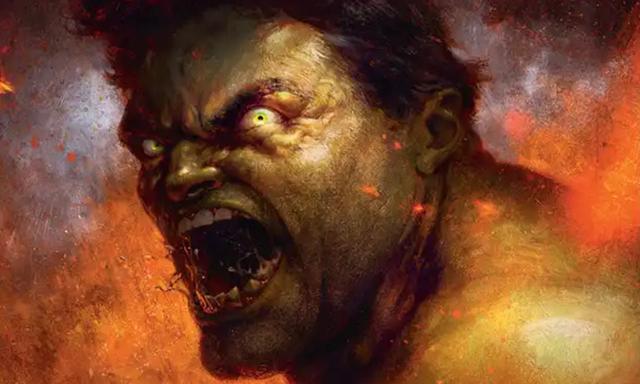

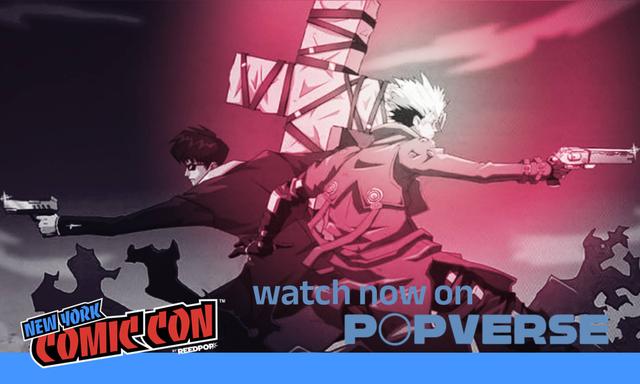


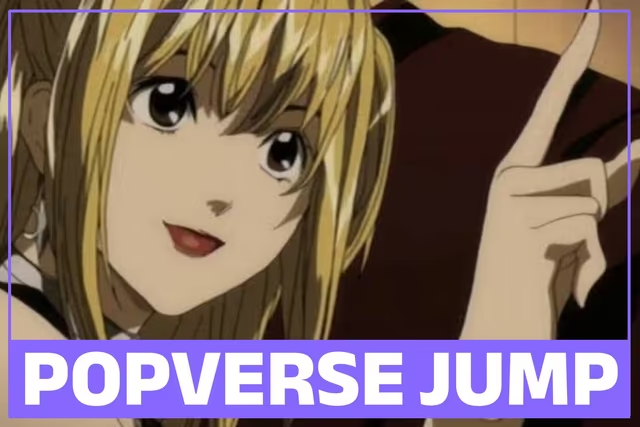
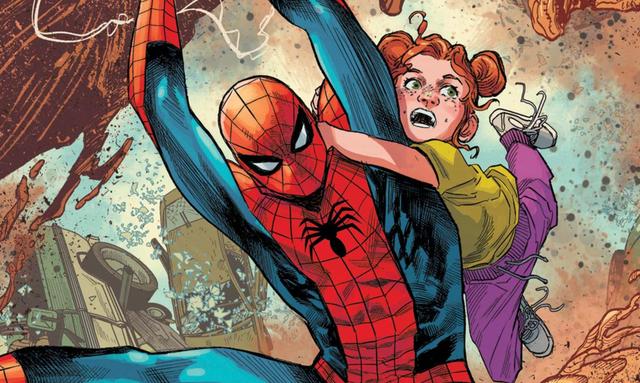
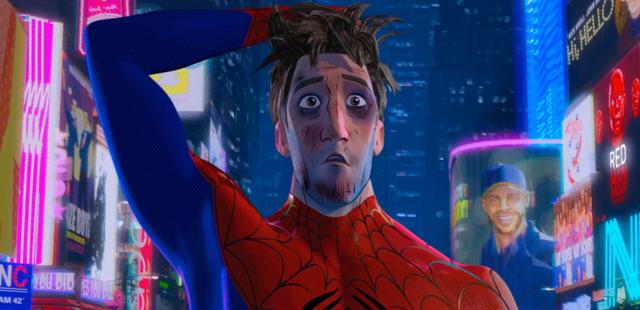






Comments
Want to join the discussion? Please activate your account first.
Visit Reedpop ID if you need to resend the confirmation email.